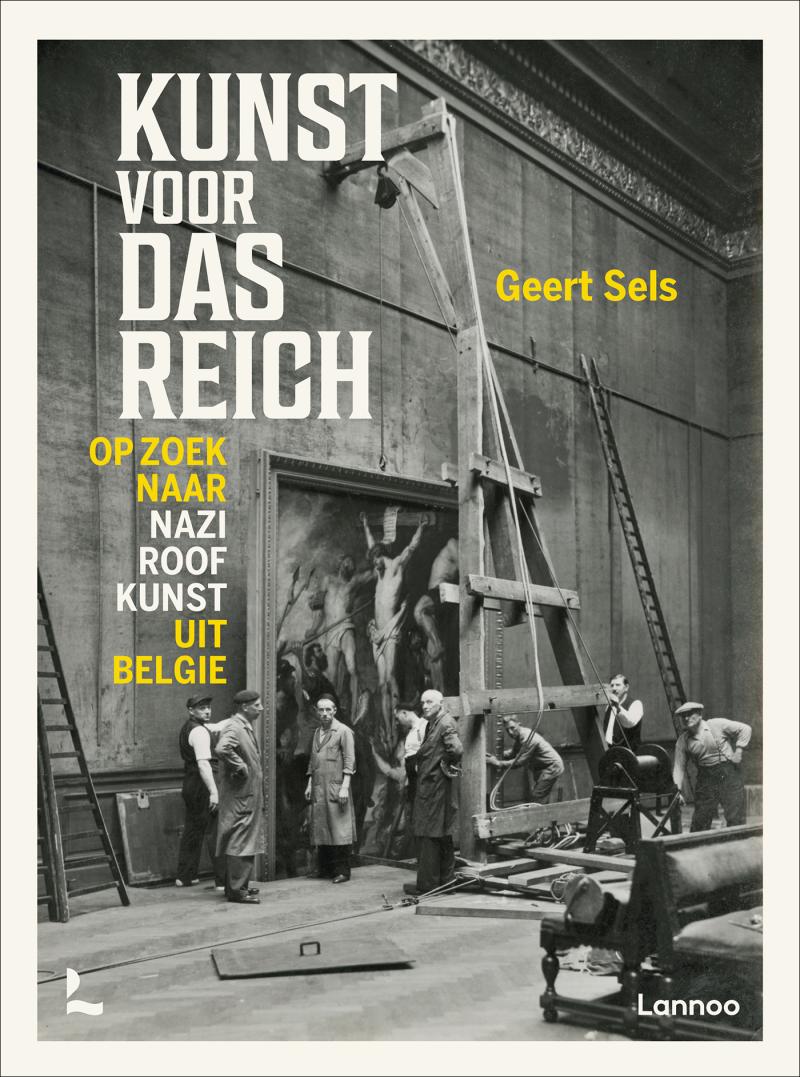Following eight years of research, Geert Sels pieced together information from archives in Paris, The Hague, Koblenz, and the largest cities in Belgium. Through thorough detective work, he charts the routes along which Belgian art was taken. He discovered that collectors, dealers and auction houses had cooperated with the Nazis' acquisition of art without much restraint.
After the war, Belgian paintings found their way to the Louvre, Tate Britain, the Getty Museum and the Yale Art Gallery. However, the Netherlands, France, Germany and even Russia still appear to possess art that should have been returned to Belgium. This makes it an international story. Some artworks did return and now hang in Belgian museums. The rightful owners were never tracked down.
Why didn't that happen? Unlike other countries, Belgium has remained painfully passive regarding Nazi-looted art. Art for das Reich reveals an uncomfortable truth and tests the resilience of public policy. It exposes forgotten files and highlights the dark side of the paintings in our museums.
Impact
Following this investigation, Minister Jan Jambon (in the Culture, Youth, Sports and Media Commission in the Flemish Parliament) received some questions to explain looted art in Flemish museums (13/12/2022). and Minister Caroline Genez (Culture, Youth, Sports and Media Commission) received further questions in 2024 regarding the restitution of looted art present in the collections of the Royal Museum of Fine Arts Antwerp (KMSKA). (27/02/2025)
This research is a follow-up to previous project by Geert Sels on 'Nazi looted art from Belgium'



